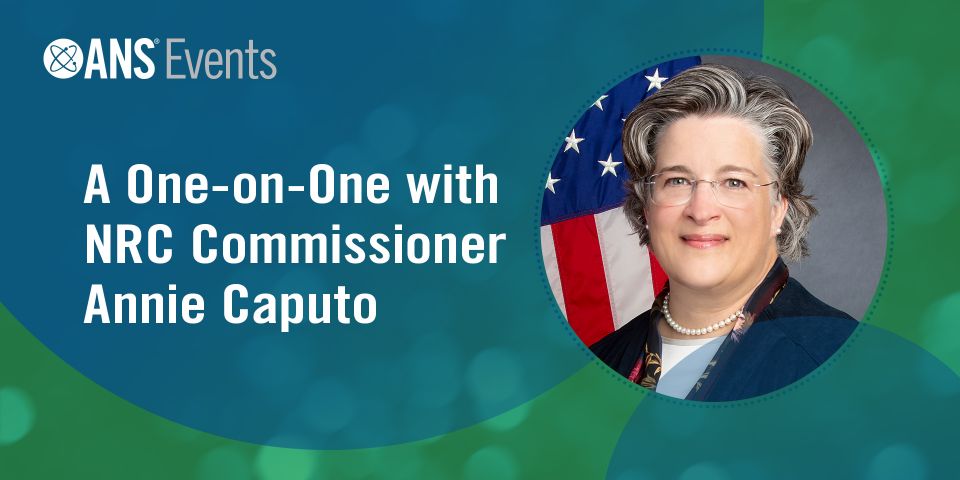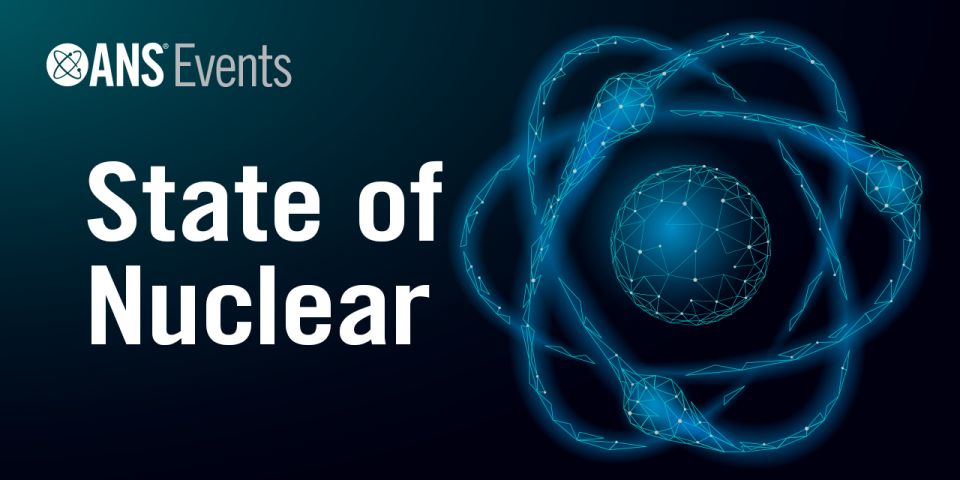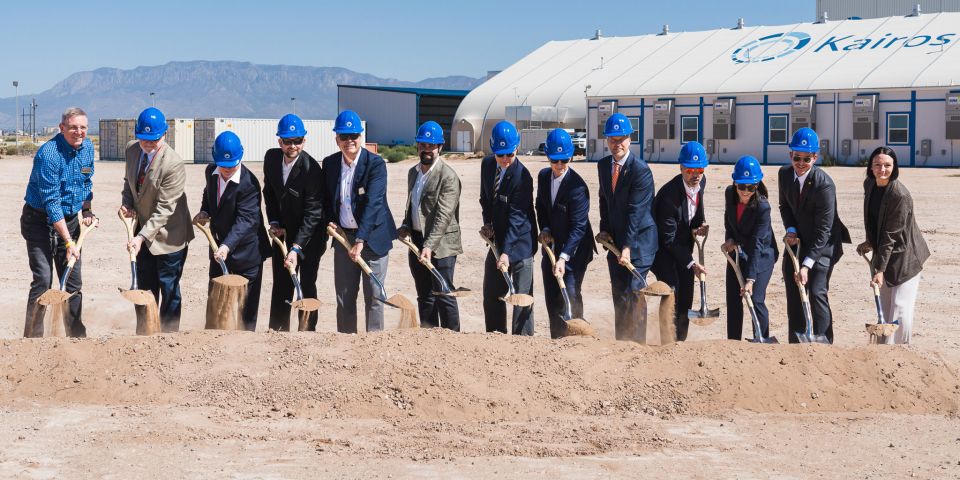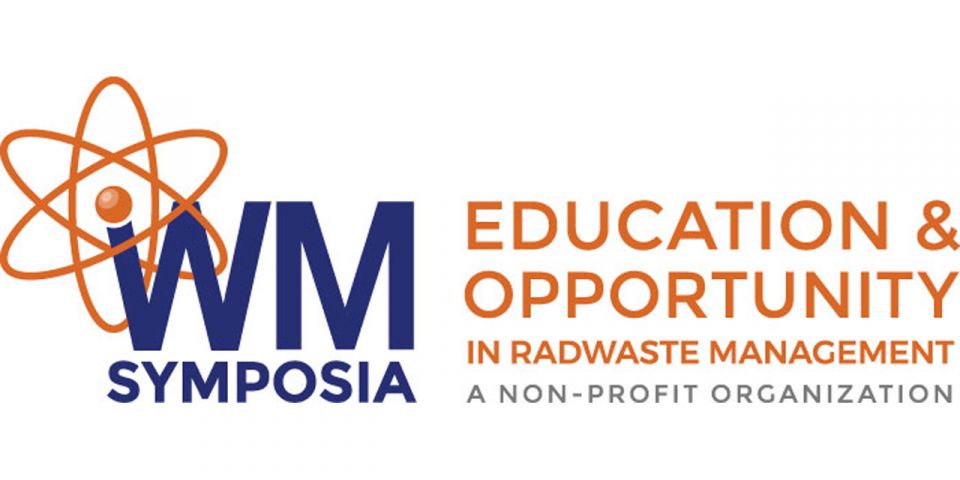ANS Winter Meeting: The momentum equation

While the featured speakers of the American Nuclear Society’s 2023 Winter Meeting and Expo opening plenary—West Virginia senators Shelley Moore Capito and Joe Manchin and Nuclear Regulatory Commission chair Christopher Hanson—generated a lot of buzz, the rest of the session provided constructive insights into the current state of nuclear technology and a glimpse of what the future may hold.






